encounter puno & lake titicaca
Authentic South American Experiences For Your Clients Request A Quote
Known as the Folklore Capital of Peru and resting on the shores of the breathtaking Lake Titicaca, Puno is set in the middle of the spectacular wilderness that is the flat altiplano.
Legend has it that the children of the sun god, Manco Capac and his sister Mama Ocllo, rose from the depths of Lake Titicaca to build the Inca Empire. The Inca invaded Puno but the local population was never fully dominated. This ancestral past is reflected in today’s mix of Quechua (descendants of the Incas) and Aymara cultures that coexist in the region. The Aymaras are a much feistier lot and hold onto their traditions fiercely.
Whilst modern day Puno is a sprawling mismatch of colonial architecture adorned with neon store signs and dangling cables, the hustle and bustle of this very commercial town and the colorful traditional clothing still worn by many make it an interesting place to sit back and observe.
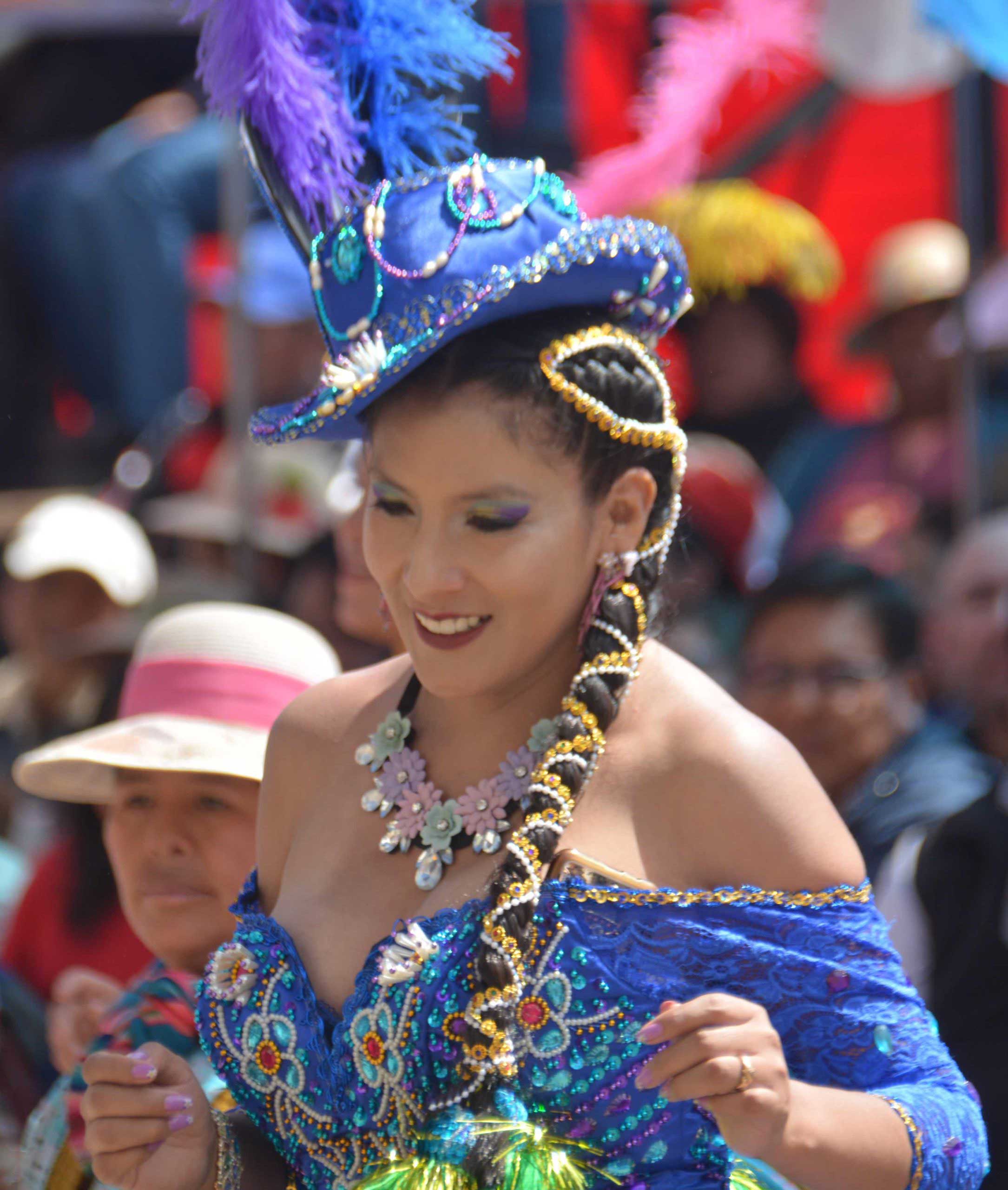
Floating Islands & Titicaca from Peru’s shores
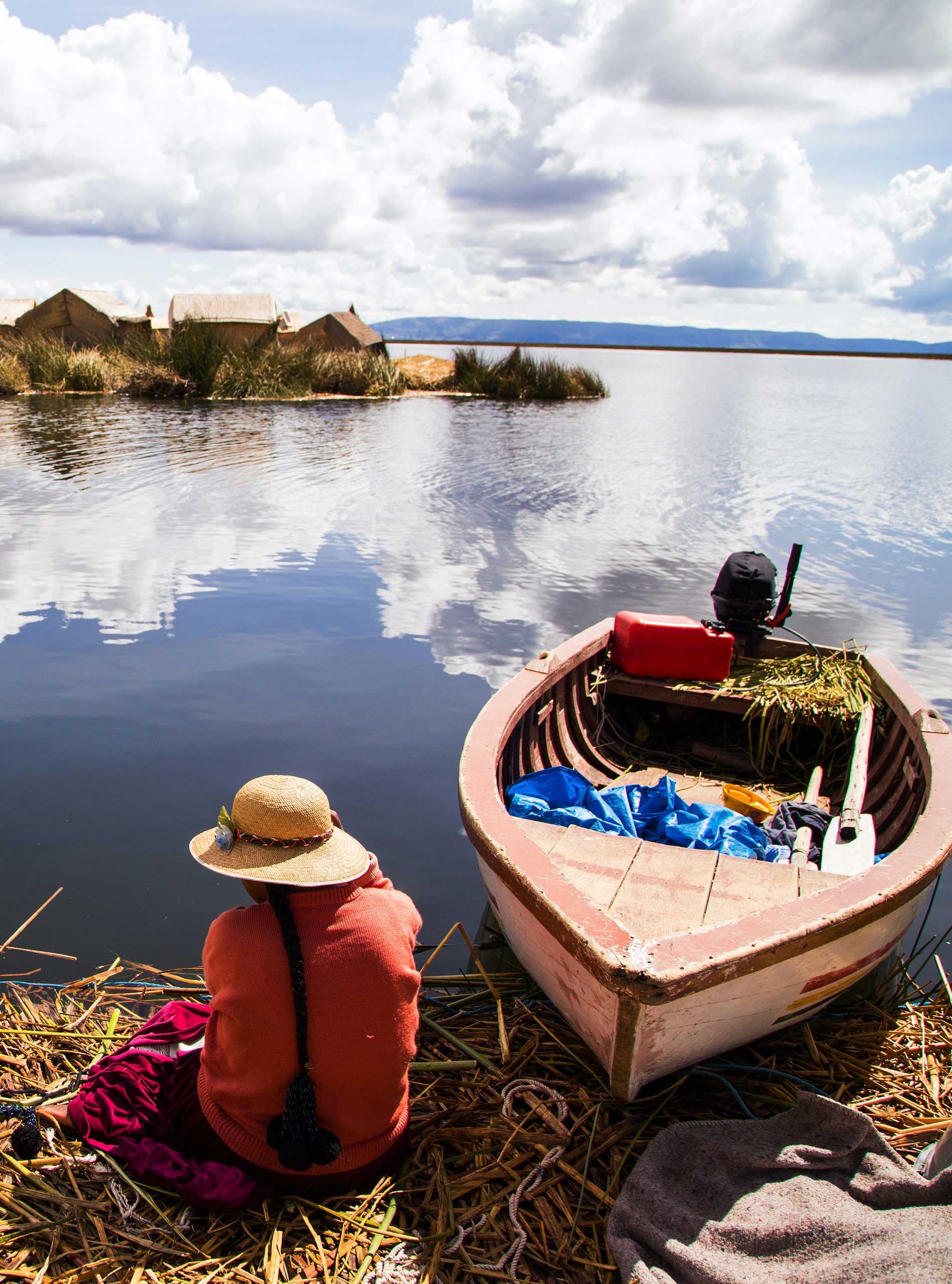
Of course no visit would be complete without a trip on the rolling and tranquil waters of the world’s highest navigable lake, taking in the spectacularly beautiful scenery of its islands and learning from its many traditions. The bright blue sky and closeness of the clouds make you feel you are on top of the world which at over 12,467 ft. (3,800m) above sea level, you almost are! Joking aside, beware of this high altitude, as it can cause soroche (altitude sickness)…take it easy until you acclimatize!
build your clients trip with our experts

WHAT NOT TO MISS IN puno
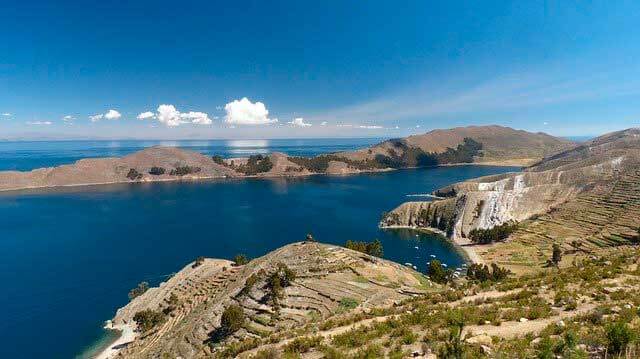
Lake Titicaca
The world’s highest navigable lake, considered the most sacred body of water in Inca folklore, and serves as the natural boundary between Peru and Bolivia. Peru’s side of the lake hosts the tiny Floating Islands of Uros, built by local craftsmanship for centuries, while the local Aymara Indians live on the natural island of Taquile and handcraft textiles for passersby. While crossing over to Bolivia, many do so with a stopover (day/overnight) on Bolivia’s Isla del Sol.

Homestay on an island
We highly recommend spending a night on one of Lake Titicaca’s islands with a local family, this experience is like no other, but do keep in mind accommodations are extremely basic. You’ll have the chance to eat traditional dishes and have a unique “day in the life” with an indigenous family and their cultural surroundings, as they go about their daily life and traditions. It’s always nice to bring gifts to the locals (school utensils, soccer balls, etc.), regardless whether home stay or not.
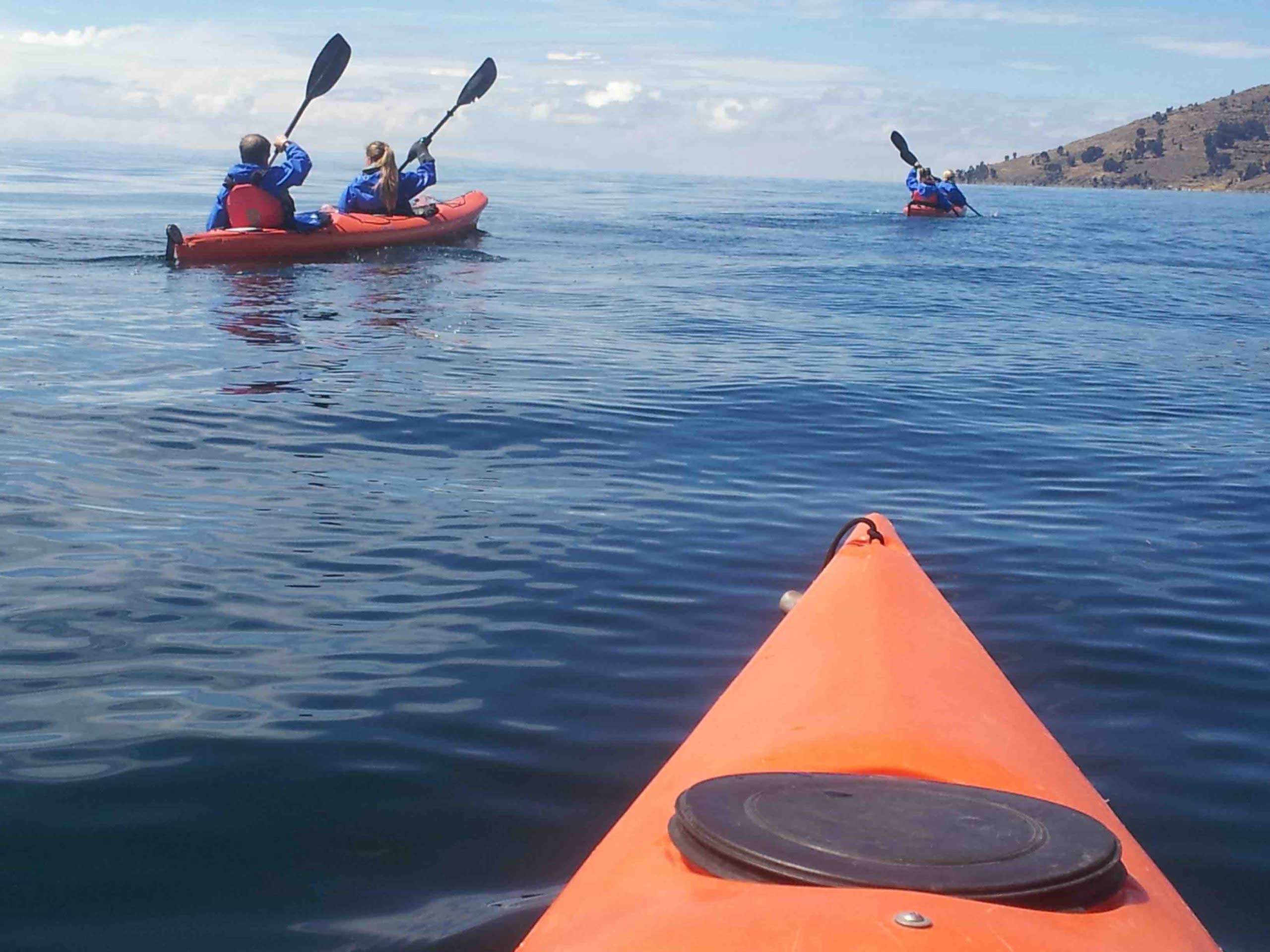
Kayak Lake Titicaca
Enjoy a peaceful kayaking experience as you paddle your way across the legendary waters of Lake Titicaca, while soaking up unobstructed and magnificent views of the the surrounding landscapes. During this outing, you’ll have the opportunity to visit some of the smaller floating islands on Lake Titicaca, as well as observe many of the endemic species of birds native to the area. Just keep in mind the sun and altitude can be tough, although it’s easily a novice excursion.
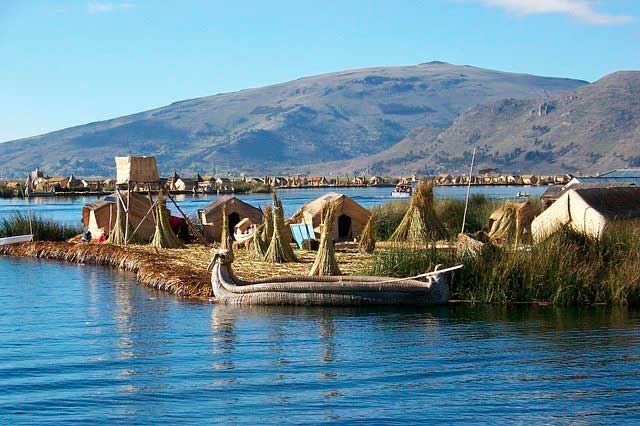
Floating Islands of Uros
The best-known of the islands dotting Lake Titicaca are the Uros. These floating islands number around 20 and about three to ten families live on each one. The Uros call themselves Kotsuña, “the lake people”, and their origins go back to pre-Inca times. Walking on the reed islands, and understanding these indigenous family’s simplistic way of living, is extremely grounding and beautiful in motion.
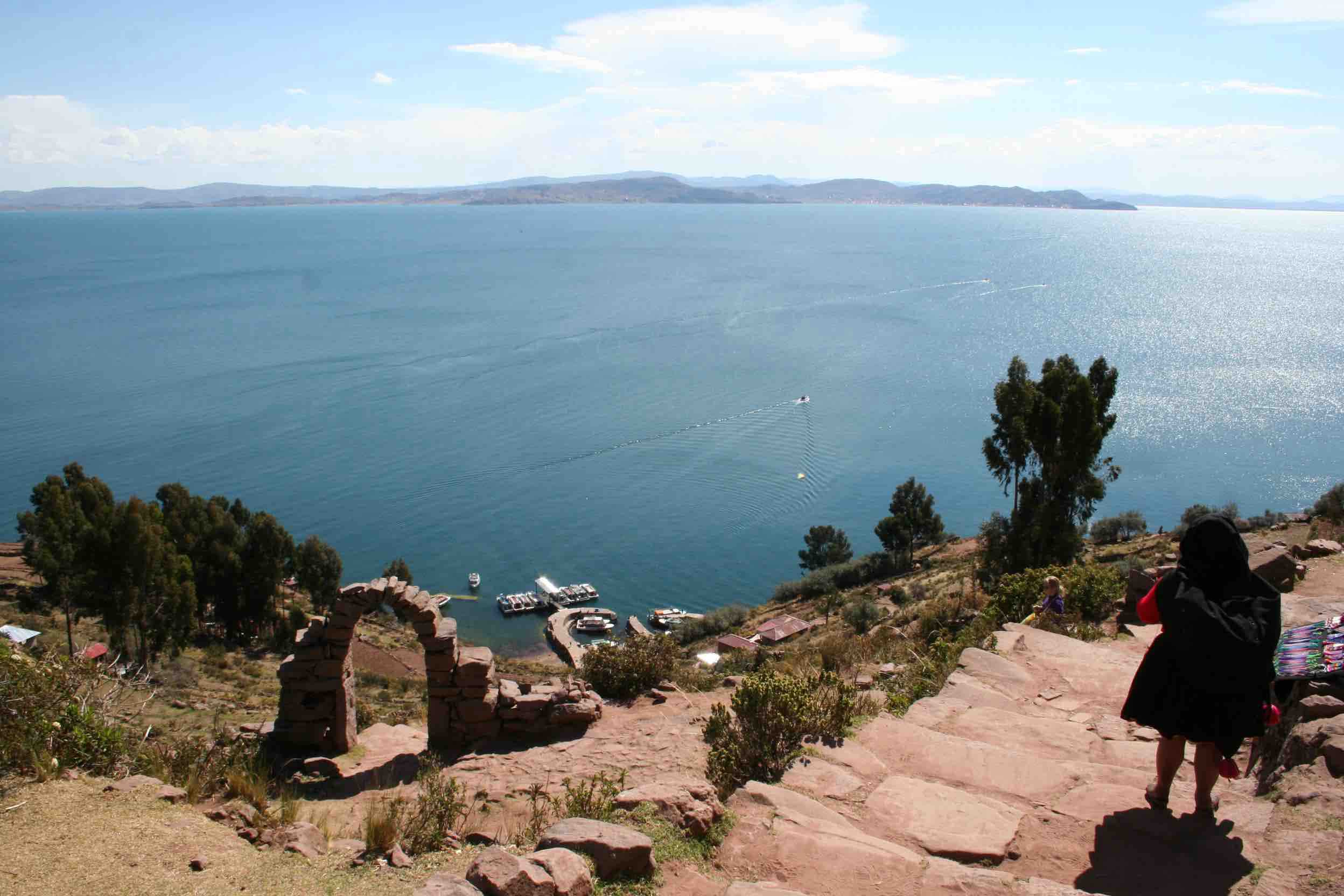
Taquile island
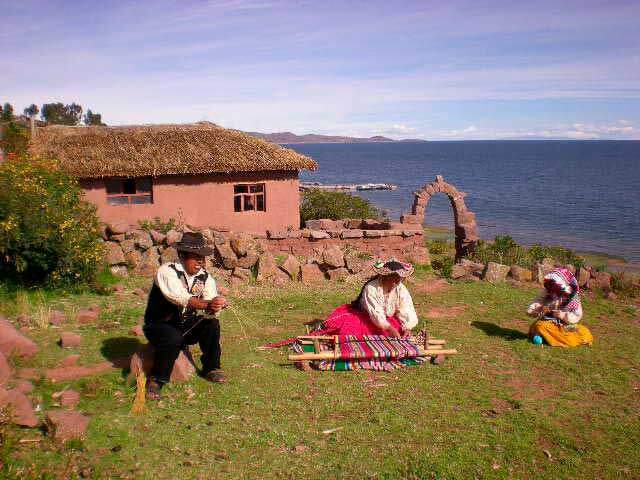
Llachon
destination map

| Title | Address | Description |
|---|---|---|
Machu Picchu | 08680, Perú | Machu Picchu, the lost city of the Incas, is quite possibly the reason you chose to travel to Peru in the first place! It was recently voted one of the new Seven Wonders of the World and we guarantee that this magical spot will not disappoint you. Read more… |
Cusco | Cusco, Perú | Cusco is the jump off point for a trip into the surrounding Sacred Valley to the less visited ruins and brightly painted churches of the southern valley en route to Puno or to crop circles and Inca salt pans…and of course to the World Wonder of Machu Picchu! Read more… |
Sacred Valley | Valle Sagrado, 08670, Perú | Nestled deep within the Peruvian Andes, the Sacred Valley is home to charming Inca towns, impressive archaeological sites, and traditional local markets. It is also one of the best areas in Peru for a wide range of adventure activities while en route to Machu Picchu. Read more… |
Lima | Lima, Perú | Known as the ‘City of Kings’, Lima is a city of contrasts. A mix of the old world and the new; modernity and tradition…Lima is a chaotic yet fascinating capital city. As well as being Peru’s capital, it is also the capital of gastronomy for all of the Americas! Read more… |
Lake Titicaca / Puno | Titicaca | Legend has it that the children of the sun god, Manco Capac, and his sister, Mama Ocllo, rose from the depths of Lake Titicaca to build the Inca Empire. Explore the floating Uros Islands made from totora reeds and, discover the region’s authentic folklore. Read more… |
Arequipa & Colca Canyon | Chivay, Perú | Legend has it that the children of the sun god, Manco Capac, and his sister, Mama Ocllo, rose from the depths of Lake Titicaca to build the Inca Empire. Explore the floating Uros Islands made from totora reeds and, discover the region’s authentic folklore. Read more… |
Peruvian Amazon | Selva Amazonica, Perú | Early morning bird watching, late night jungle walking, fishing for piranhas, or a visit to the world’s largest macaw’s clay lick where hundreds of birds meet to feed – a truly colorful sight! There’s nothing like the wildlife that thrives in the Peruvian Amazon! Read more… |
Ica, Paracas, Nazca | Ica, Perú | Situated on Peru’s arid desert coastline, this region boasts an interesting mix of ancient local culture, spectacular natural beauty and adventure sports. Ica, Paracas, and Nazca makes a great stop off or break point on a coastal ride towards Arequipa. Read more… |
Trujillo & Chiclayo | Trujillo, Perú | |
Chachapoyas | Chachapoyas, Perú | |
Huaraz | Huaraz, Perú | Surrounded by jagged snowy peaks, glaciers and turquoise blue lakes, Huaraz is a real mountain adventure destination, not to mention home to ancient cultures and charming little villages. Read more… |
Depending on your client’s preferences, we can help you determine the best experiences tailored for your clients. From where to visit, when to go, what to do and how to get there safely, our travel experts will help you create an experience your clients will love.
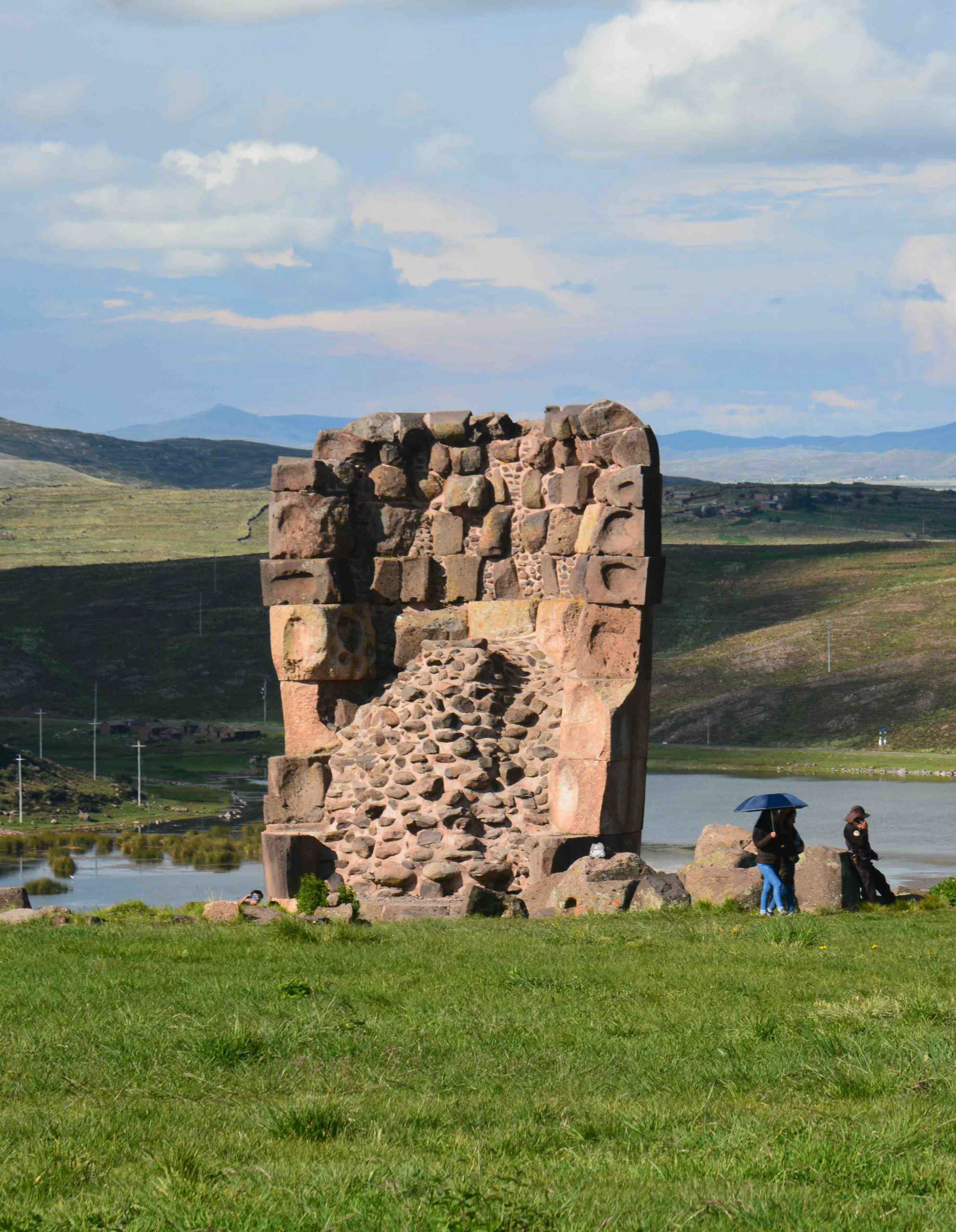
Best times to
visit Lake Titicaca
Due to its high altitude, Puno is generally sunny in the day and very cold at night, with intermittent rain during rainy season. The rainy season lasts from November to March and although it’s wet, the temperatures are slightly milder. June and July are the coldest months. The locals even have a festival on 24th June where they light fires and don’t sleep as it is supposedly the coldest night!
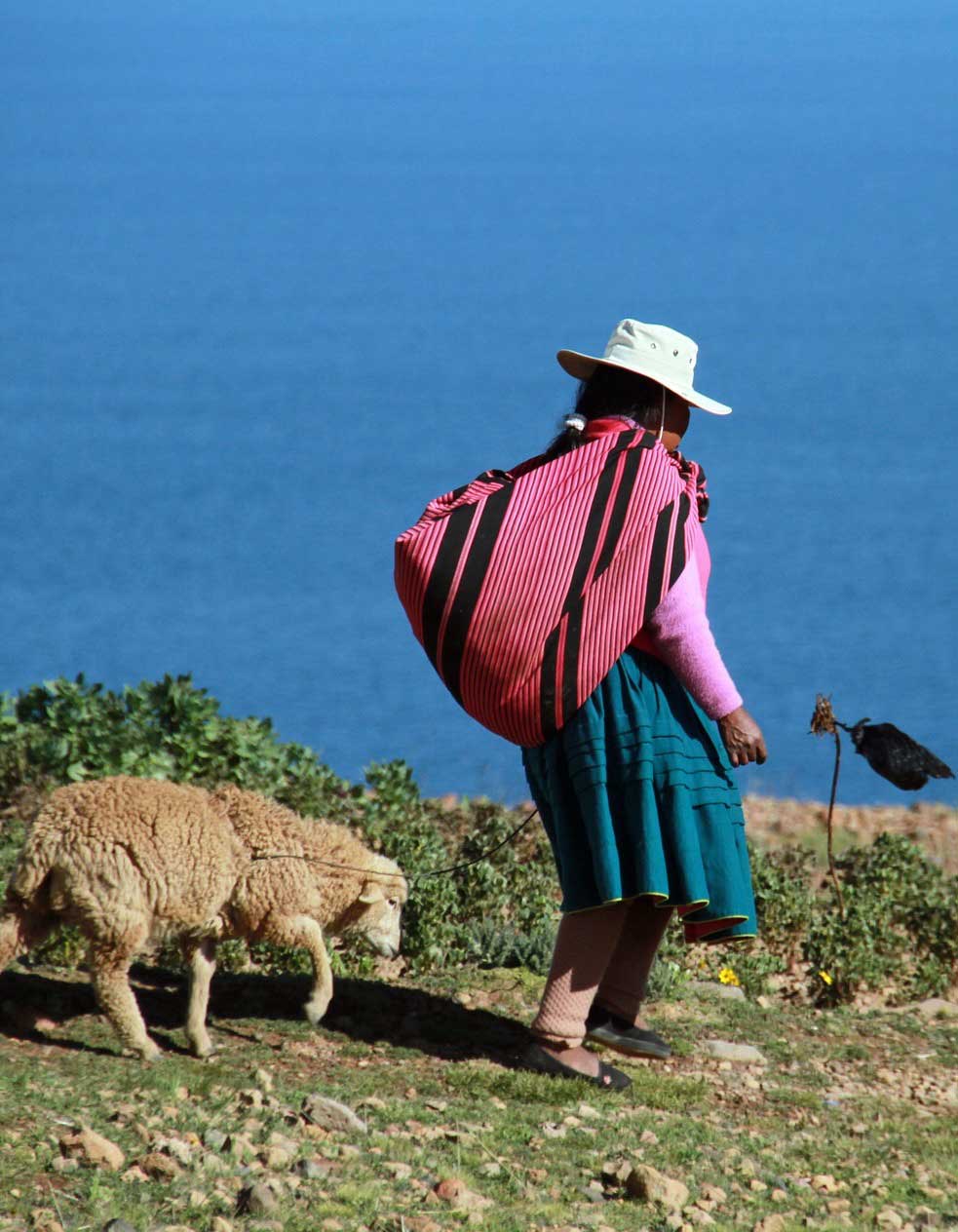
practical information
HOW TO GET THERE
The city of Puno is serviced by Manco Capac Airport, located 27 miles (44 km) to the north in the city of Juliaca. This airport offers services from the Peruvian cities of Lima, Cusco and Arequipa, in addition to several Latin American countries. The airlines of LATAM, Star Peru and Aero Condor offer daily flights from several of these destinations.
Trains are available from the city of Cusco but the trip is long.
Bus travel is available from all of Peru’s major cities and from La Paz, Bolivia.
Also boat transportation across Lake Titicaca is available from the Bolivian side.
GETTING AROUND
For public transportation in Puno the local collection of buses and minibuses provide satisfactory service for getting around the city.
Taxi services are also readily available but individual fare meters are not used. It is recommended that a definitive price be settled upon for the destination before boarding the vehicle.
To reach the floating islands of Lake Titicaca there are motorized boats available and hovercraft service can also be found in Puno’s port area. For security reasons it is recommended that travelers only use organized tours offered by registered travel agencies.
WHERE TO STAY
Several deluxe hotels can be found in the area around Lake Titicaca as well as more economical choices available in the city. The selection of basis B&Bs and hostels is more limited and careful planning should accompany any choice due to possible lack of availability.
The city of Puno has adequate restaurant facilities with a large variety of local and international dishes at prices to suit all budgets. Travelers should bear in mind though that due to the city’s high altitude it is advisable to eat lightly as food takes longer to digest than at sea level.
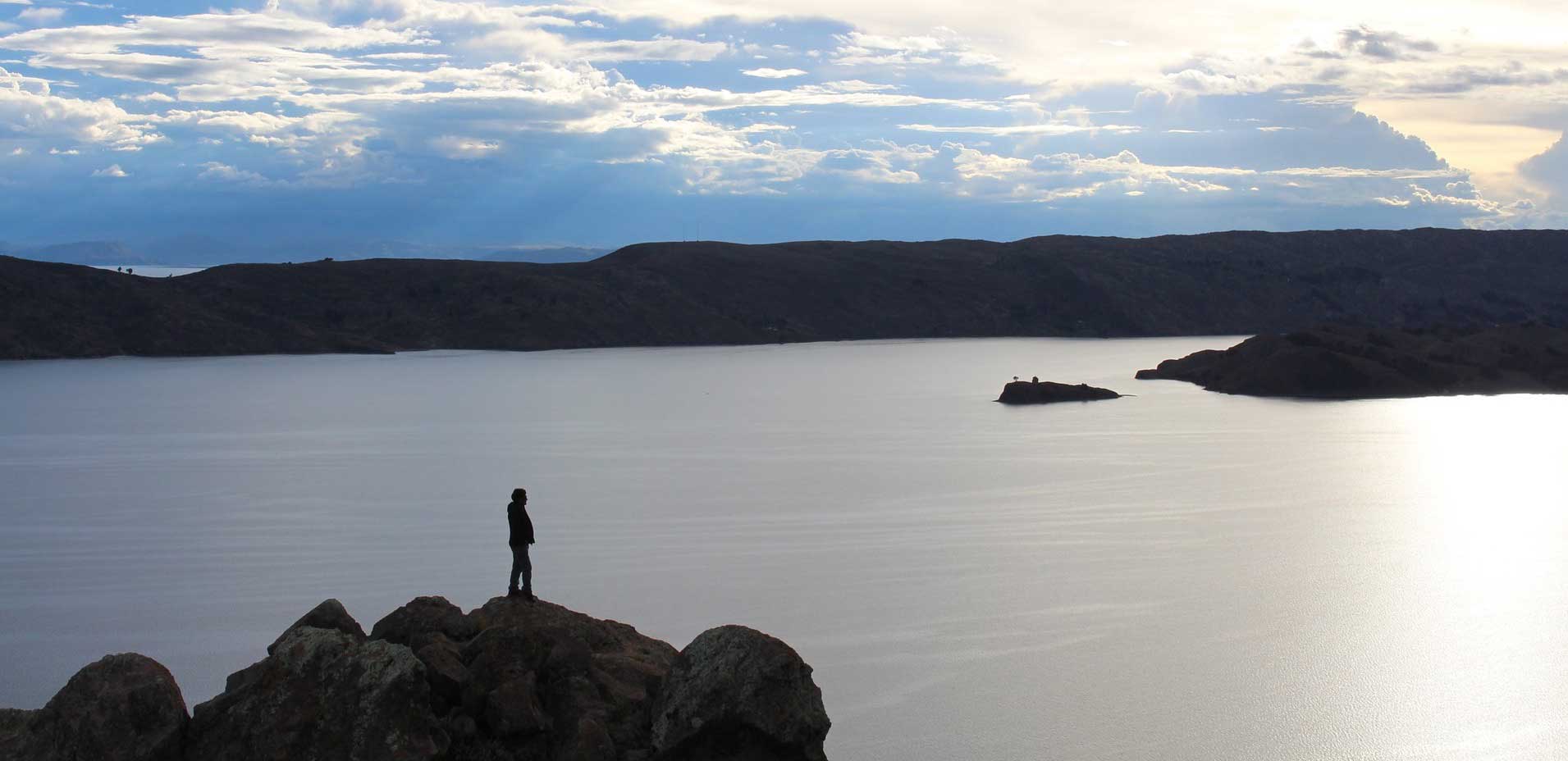
More highlights of Peru
With eight local offices in Latin America, we have the perfect base to help you build the perfect trip for your clients. Unrivaled experience with a wide selection of bed & breakfasts, small posadas, unique boutique hotels and world class luxurious lodging.
